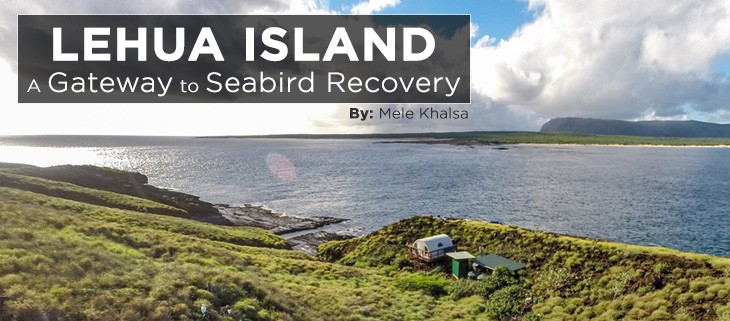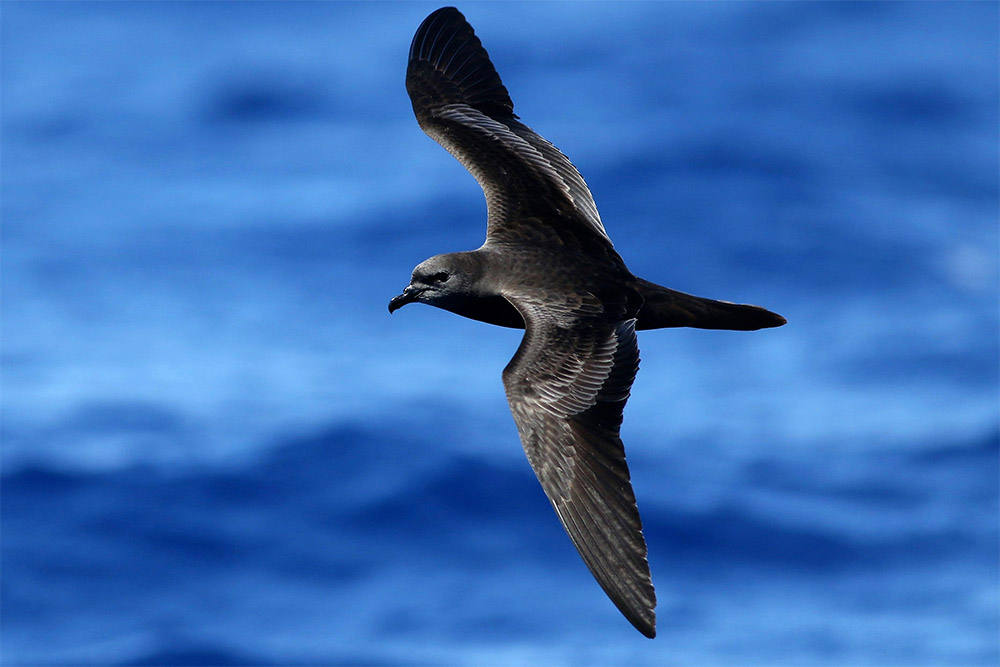December 4, 2024
The Ebiil Society: Champions of Palau
Ann Singeo, founder of our partner organization the Ebiil Society, shares her vision for a thriving Palau and a flourishing world of indigenous science!
We use cookies to help you navigate efficiently and perform certain functions. You will find detailed information about all cookies under each consent category below.
The cookies that are categorized as "Necessary" are stored on your browser as they are essential for enabling the basic functionalities of the site. ...
Necessary cookies are required to enable the basic features of this site, such as providing secure log-in or adjusting your consent preferences. These cookies do not store any personally identifiable data.
Functional cookies help perform certain functionalities like sharing the content of the website on social media platforms, collecting feedback, and other third-party features.
Analytical cookies are used to understand how visitors interact with the website. These cookies help provide information on metrics such as the number of visitors, bounce rate, traffic source, etc.
Performance cookies are used to understand and analyze the key performance indexes of the website which helps in delivering a better user experience for the visitors.
Advertisement cookies are used to provide visitors with customized advertisements based on the pages you visited previously and to analyze the effectiveness of the ad campaigns.
Looking to make an impact this Earth Month? Here’s how.

By: Mele Khalsa
Without question, the Hawaiian Islands are stunningly beautiful. The region is unique, supporting a great diversity of species found nowhere else on Earth. Yet, Hawai‘i is struggling with significant environmental issues, and is today referred to as the “extinction capital of the U.S.” Well over half of Hawai‘i’s endemic bird species have gone extinct, with current research papers predicting which ones will be the next to go.
Having grown up in Hawai‘i, I had the opportunity to become familiar with the diversity and the sensitivity of the islands’ native plants and wildlife. As a child, I made backpacking excursions along the Napali Coast with my father, and over the years of hiking and camping, my deepening connection with the land gave rise to an acute awareness of the ecological changes the islands were experiencing.
As I came to terms with the ways human impacts were damaging the islands, I decided that instead of standing witness to ecological degradation, I wanted to take action to protect the plants and animals I loved. Today, as a Kaua‘i local and field biologist for Island Conservation, a nonprofit dedicated to preventing extinctions of island species around the world, I am made hopeful for Hawai‘i by the prospect of restoring Lehua Island, which could become a breeding sanctuary for threatened Hawaiian seabirds found throughout the island chain.
I decided that instead of standing witness to ecological degradation, I wanted to take action to protect the plants and animals I loved.

Island Conservation addresses a particularly urgent problem on islands around the world, including the Hawai‘i archipelago: invasive species. Any mammals you see on the Hawaiian Islands (excluding our one native bat and the native monk seal) have been introduced by people. Invasive rats, mongooses and feral cats are found throughout the islands. These invasive predators are devastating to the intricate species interactions that define and uphold Hawai‘i’s native ecosystem. Many of Hawai‘i’s recent extinctions can be attributed to these novel predators. The invasive species issue is not intractable — especially for Hawai‘i’s smaller, uninhabited islands like Lehua, approximately 19 miles northwest of Kaua‘i. This crescent-shaped, 275-acre island has invasive rats present, but holds significant potential for ecological restoration.
Lehua, having no man-made structures, (such as powerlines and lights, which disorient seabirds and pose collision hazards) offers what could be ideal territory for some of Hawai‘i’s most threatened seabirds. The Endangered Newell’s Shearwater and the Vulnerable Hawaiian Petrel have better chances of averting extinction if they have safe nesting areas. Additionally, being a high-elevation island, Lehua (along with the nearby Kaho‘olawe Island, which is also under consideration for restoration) could become an important translocation site for seabirds whose nesting areas are threatened by sea level rise throughout the island chain.
Lehua, having no man-made structures, offers what could be ideal territory for some of Hawai‘i’s most threatened seabirds.
A seabird that would benefit that I am particularly fond of is the Bulwer’s Petrel. This small seabird, about the size of your hand, makes funny bark-like vocalizations and is unable to defend itself against invasive rats while nesting. Removing the invasive rats from Lehua would be the last step in making the island safe and inviting for seabirds.

Invasive species removal is a form of conservation intervention with a very high success rate — more than 500 successful invasive rodent eradications have been carried out on islands around the world. In the proposed environmental assessment for the removal of invasive rats from Lehua Island, the state Department of Land and Natural Resources has considered and is weighing potential risks and long-term benefits of using the same methods that enabled these many successes. While an overwhelmingly positive record reflects the safety and success of rodenticide-based interventions, scientists and land managers acknowledge that some inherent, short-term risks will need to be managed and mitigated.
The benefits, however, are unlike most forms of conservation. Removing an invasive population from an island can be measured over mere years, and doesn’t require ongoing maintenance once complete. Lehua could join the ranks of restored islands and serve a critically important role of supporting Hawai‘i’s struggling seabird populations. However, only with support from the community can the vision for a restored Lehua become reality.
Lehua could join the ranks of restored islands and serve a critically important role of supporting Hawai‘i’s struggling seabird populations.
I am optimistic about Hawai‘i’s future. I see the potential to turn things around and protect our native wildlife. I have hope that my children and your children, and their children, could also have the opportunity to connect with the unique plants and animals that we share these islands with. I have hope that we, and they, can uphold Hawai‘i’s identity as a globally significant region of incredible biodiversity and not stand by, allowing it to become an increasingly active extinction epicenter.
Rarely does a small community have such a pronounced opportunity to make a positive, lasting difference for their natural environment.
I am proud to say “Yes” to restoring Lehua. I do not want to stand witness to its ecological decay. I want to stand witness to its return to health.
What about you? What would you choose for Lehua? For seabirds? For Hawai‘i?
Featured Photo: Lehua Island landscape. Credit: Island Conservation
Also printed in For Kauai
Versión en Español/Spanish transcript
Check out other journal entries we think you might be interested in.
Notifications